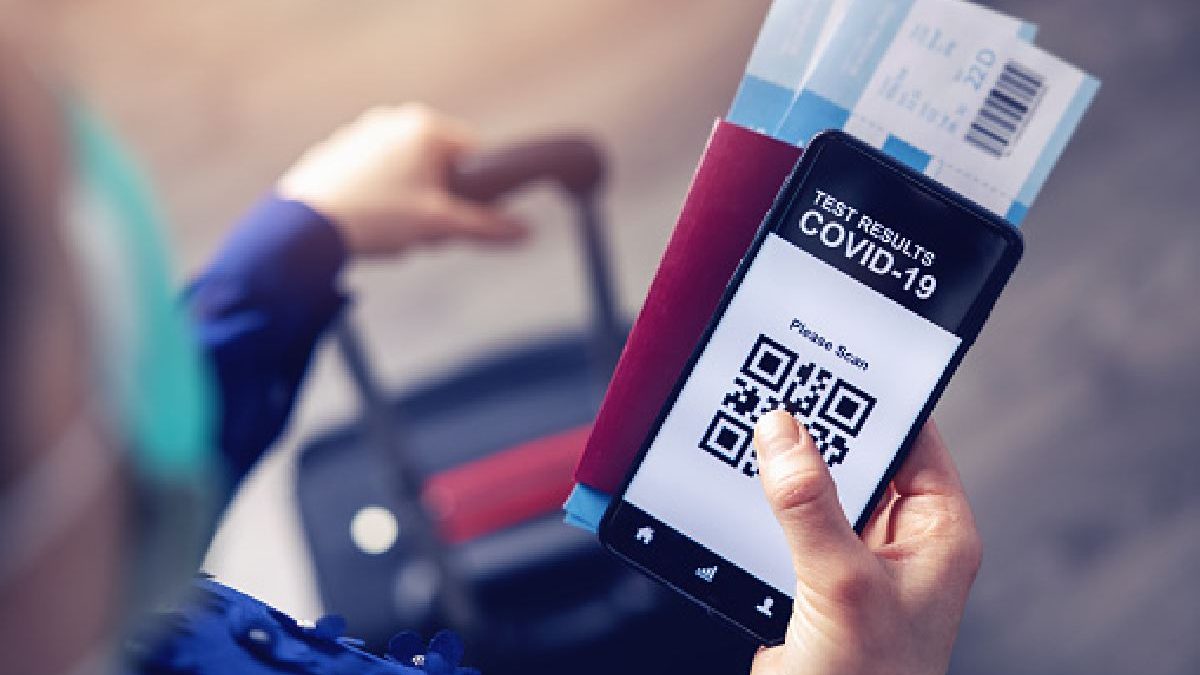Although the critical phase of the coronavirus seems to have passed in our country (hopefully), the fight against the virus continues. In this phase, prevention and, above all, monitoring of those infected is very important. Technology and apps
After China and Korea started very early with monitoring and prevention apps such as Corona 100m, official organizations and private companies, have also begun developing technological solutions and apps against the coronavirus in Spain. We’ll tell you some.
Table of Contents
Technology and apps against the coronavirus in China and South Korea.
In the first place, there are the applications of geolocation of the areas with infected. Corona 100m is one of the first to be implemented, a South Korean application based on geofencing. That is something like putting a virtual fence around a point.
In this way, the places where there may be a possibility of contagion (according to official information) are limited, and the user can avoid them. Other similar applications are Corona Map or Corona Alert. The data comes from the Korea Health Service, so these apps will not work in other countries.
Apps against the coronavirus in Spain
In Western societies, applications must comply with all regulations related to personal data, and in Europe. We have one of the most restrictive regulations in this regard (GDPR).
For this reason, all the applications have forms designed so that the user is aware that they are providing personal and, in many cases, sensitive data.
Government coronavirus apps
COVID-19 Assistance is an application of the Ministry of Economy and Digital Transformation of Spain. It is currently only operational in Cantabria, Castilla-La Mancha, Extremadura, the Balearic Islands, and Murcia.
Radar COVID is also being developed, a contagion monitoring service that will connect to other phones via Bluetooth and a COVID-19 notification system. But, for now, it will be in the pilot phase in San Sebastián de la Gomera in July.
Corona Madrid: the CAM app
The Autonomous Community of Madrid got off the hook very soon with a very similar application call Corona Madrid. It also allows collecting data about the possible infection of users and providing them with information about the spread of Covid-19.
Those responsible ensure that geolocation is only request for sending self-reports and no “user tracking” is performed. Like COVID-19 Assistance, it requires identifying the person providing the data.
STOP COVID19 CAT: Catalan government app
This application of the Generalitat de Catalunya contains an algorithm to discriminate users according to their symptoms and propose recommendations for health measures.
Being create by the CatSalut (Catalan Health System) allows identification using the DNI of this organization.
COVID-19.eus: Basque government app
The Basque Government app, hand in hand with EricTel, also makes it possible to prevent contagion by providing data based on the functioning of social networks. Where users can add friends and family.
It also provides information about the coronavirus and contacts health professionals if necessary.
Stop the Curve Maps: geolocated solidarity
Brake La Curva Maps is a web application. Be careful. It’s not an app. Although it can also be use by downloading the Ushahidi app, it works perfectly just by accessing the app’s URL from a browser.
The idea is to identify needs, offer a service for free, or indicate where a public service is available. The approximate location and a contact form are provided. The app then displays all offers (in green), reported available services or requirements (orange), each with the associated contact person.
Guudjob: app to thank Technology and apps
“You are born well to be grateful” seems to be the philosophy of those responsible for the Guudjob app. They took the initiative to use their technology to include hospitals and health centres throughout Spain and allow users to publish acknowledgements or thanks to health professionals.
Technology and app
Creating an app can be a challenging but rewarding experience. Here are some general steps to follow when making an app:
Define your app idea: The first step is to define the purpose of your app clearly, the problem it solves, and the target audience.
Conduct market research: Before you start developing your app, it’s essential to understand your competitors and your target audience’s needs and preferences.
Create a wireframe or prototype: A wireframe or prototype will help you visualize the layout and functionality of your app. You can use tools like Sketch or Figma to create a wireframe.
Choose a development platform: You’ll need to decide which platform(s) you want your app to run on, such as iOS, Android, or both. You may also want to consider whether you’ll build a native, hybrid, or web app.

Hire a developer or learn to code: If you don’t have experience coding, you can hire a developer or team to create your app. If you want to learn to code, many resources are available online, such as Codecademy or Udemy.
Develop and test your app: Once you have a team in place or have learned to code, it’s time to start building your app. First, test your app thoroughly to ensure it’s bug-free and meets user needs.
Launch your app: After testing and debugging, you’re ready to launch your app. But first, you’ll need to submit it to the app stores and market it to your target audience.
Maintain and update your app: Once it is live, you must continually update it to fix bugs, add new features, and improve the user experience.
Remember, making an app is a complex process, so be patient and don’t rush through any steps. Good luck!
Also Read:- post covid technology 5 devices of 2021 that we will see soon
Also Read: How to Choose Digital Marketing Agency?

